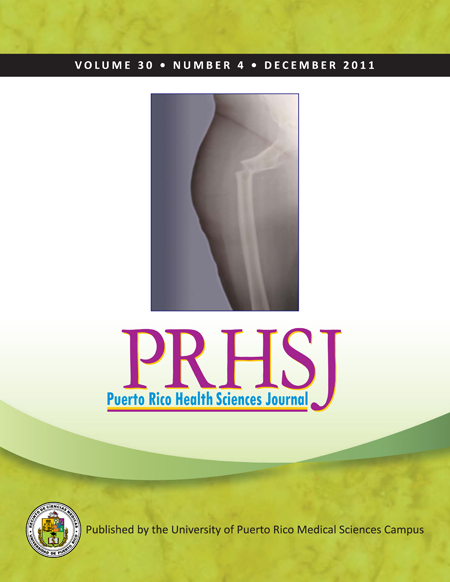Abstract
Down syndrome is the most studied chromosomal abnormality, and the risk of having a child with Down syndrome increases as maternal age increases. The prevalence of Down syndrome has been increasing in the last decade because more women older than 35 years of age are having children. In recent decades, the rate of identification of fetal anomalies in the uterus has substantially increased. Diagnostically speaking, serious concerns yet remain within the obstetrical community regarding who should be recommended for invasive procedures. The FASTER , SURUSS, and BUN studies have attempted to address this issue. In the United States, the quadruple screen for Down syndrome (hcG, AFP, estriol, and inhibin-A) is the most commonly used test today. During the first trimester, the nuchal translucency measurement combined with serum markers hcG and PAPP-A (pregnancy-associated plasma protein-A) results in high detection rates and low false-positive rates. For Down syndrome screening, new methods of evaluation have been proposed; among these are integrated, sequential, and contingent modalities. Different trials have demonstrated that first-trimester screening for Down syndrome is very effective, but all conclude that combining screening during both trimesters allows for lower false-positive values and higher detection rates. In Puerto Rico, in spite of the fact that a large proportion of the population undergoes serum screening, the rate of Down syndrome live births remains steady. One important aspect that appears to limit prenatal diagnosis of Down syndrome in our population is a poor acceptance rate of diagnostic testing techniques such as amniocentesis. Also, a limited efficiency in the implementation of these screening methods as well as their diagnostic success has been observed for our patient population.
Authors who publish with this journal agree to the following terms:
a. Authors retain copyright and grant the journal right of first publication with the work simultaneously licensed under a Creative Commons Attribution License that allows others to share the work with an acknowledgement of the work's authorship and initial publication in this journal.
b. Authors are able to enter into separate, additional contractual arrangements for the non-exclusive distribution of the journal's published version of the work (e.g., post it to an institutional repository or publish it in a book), with an acknowledgement of its initial publication in this journal.
c. Authors are permitted and encouraged to post their work online (e.g., in institutional repositories or on their website) prior to and during the submission process, as it can lead to productive exchanges, as well as earlier and greater citation of published work (See The Effect of Open Access).
